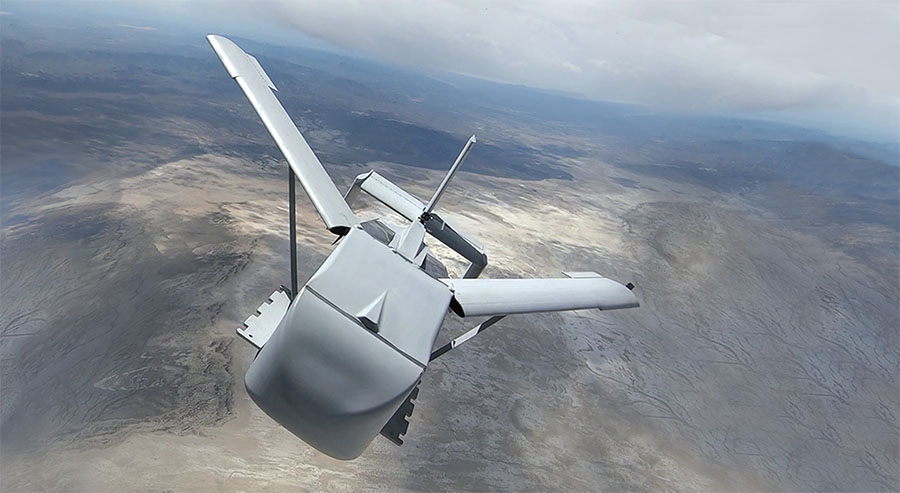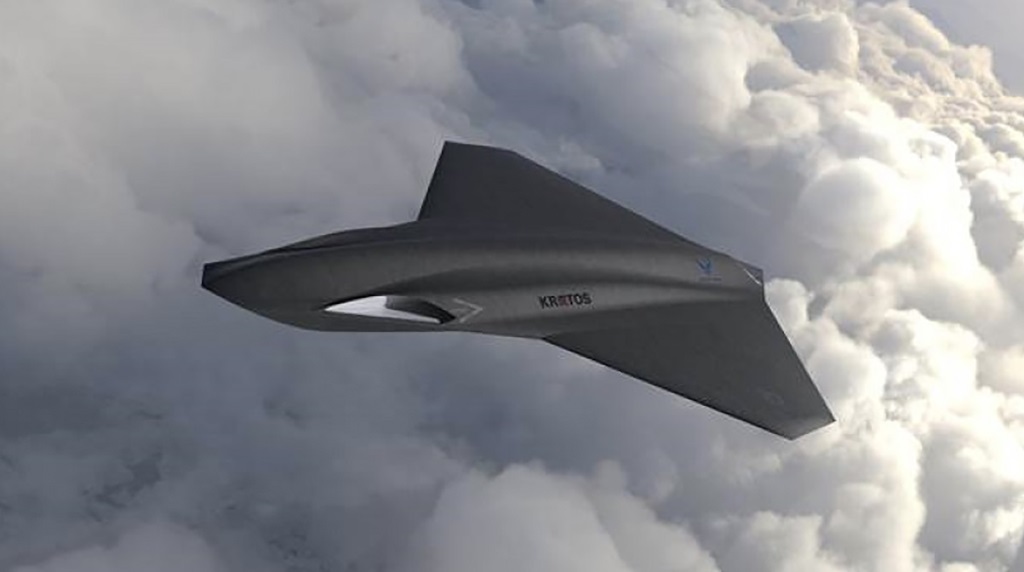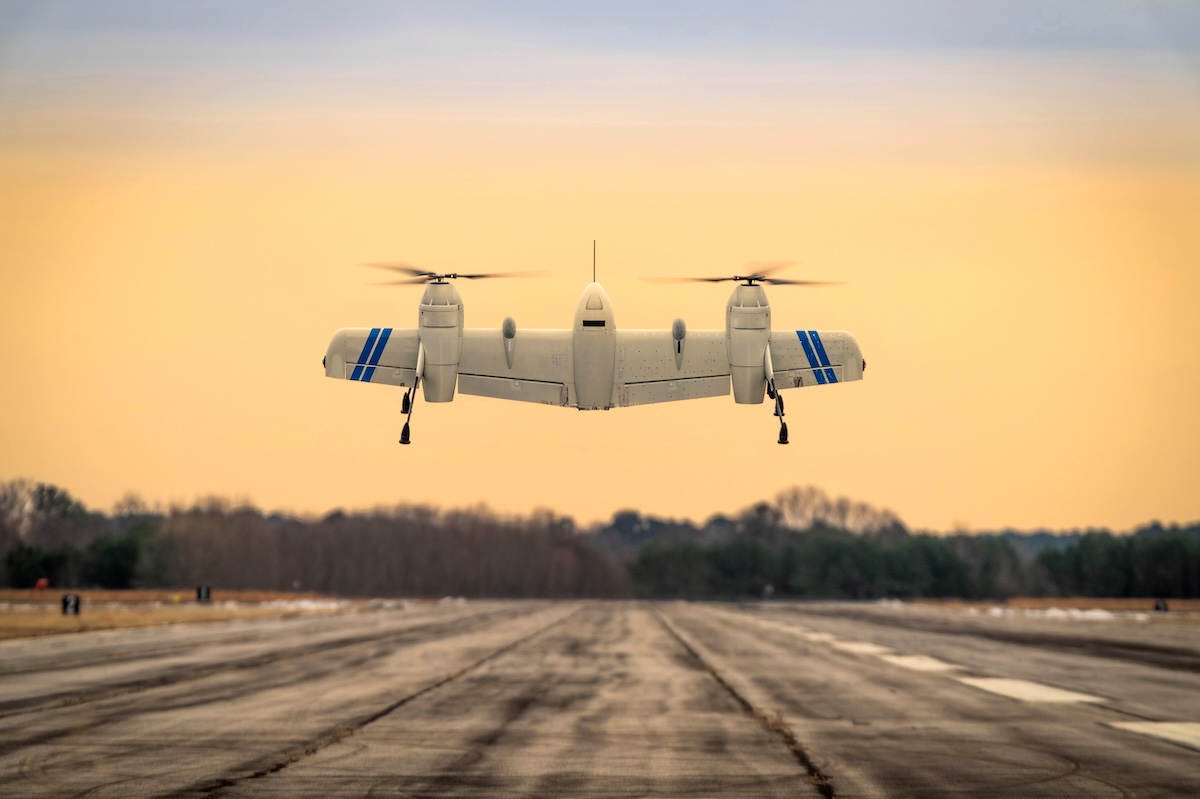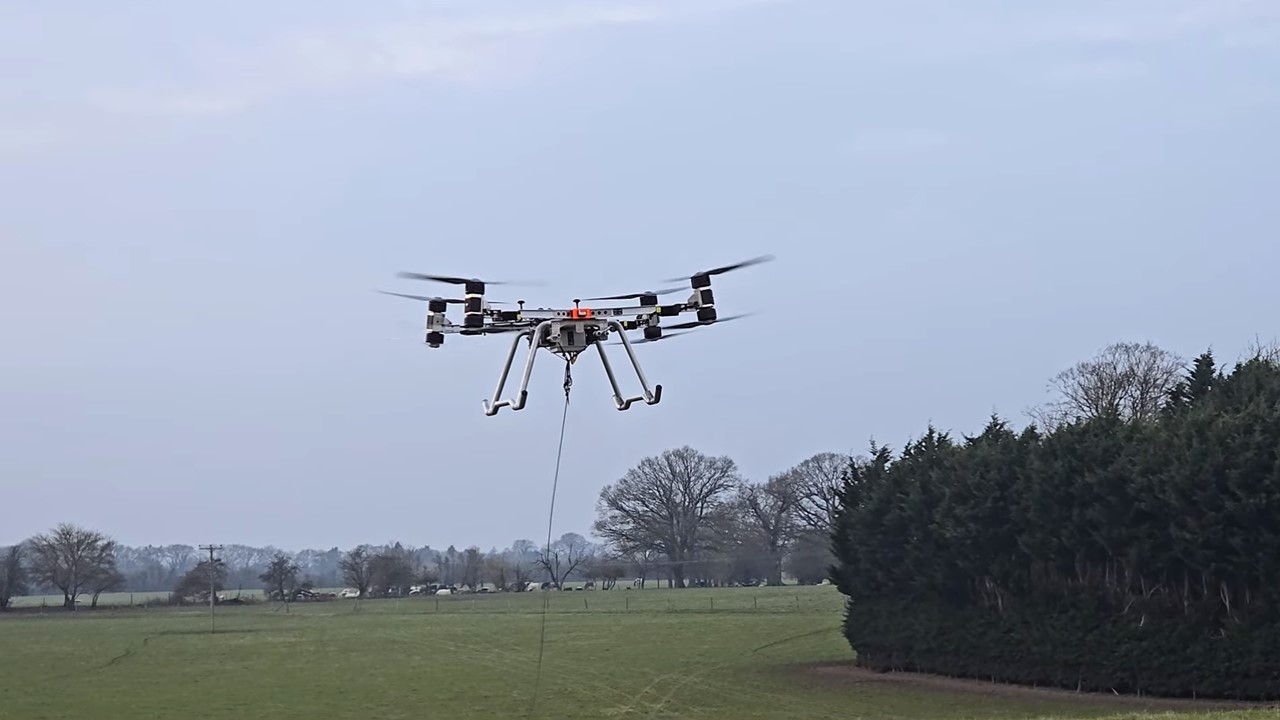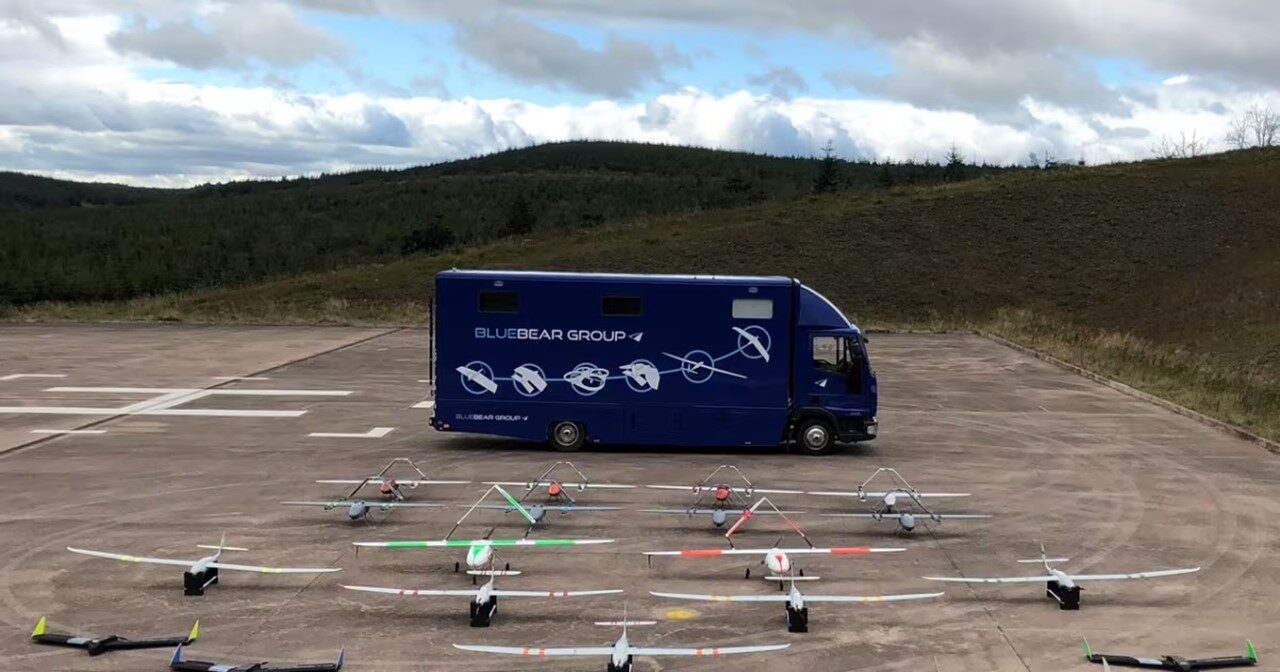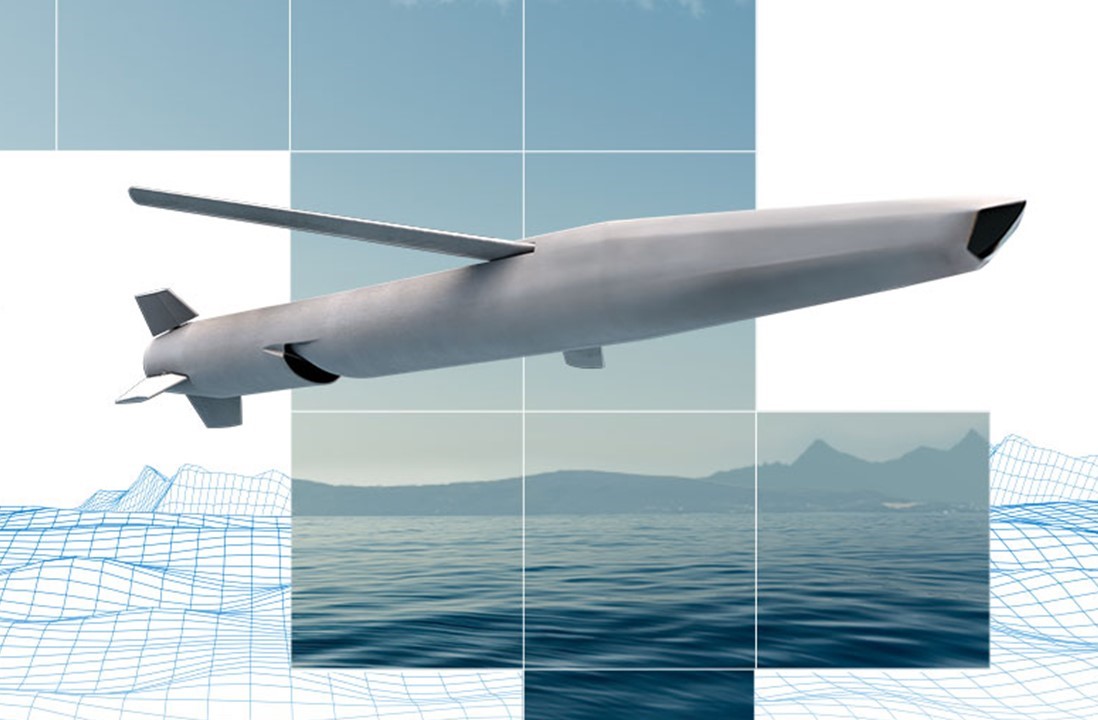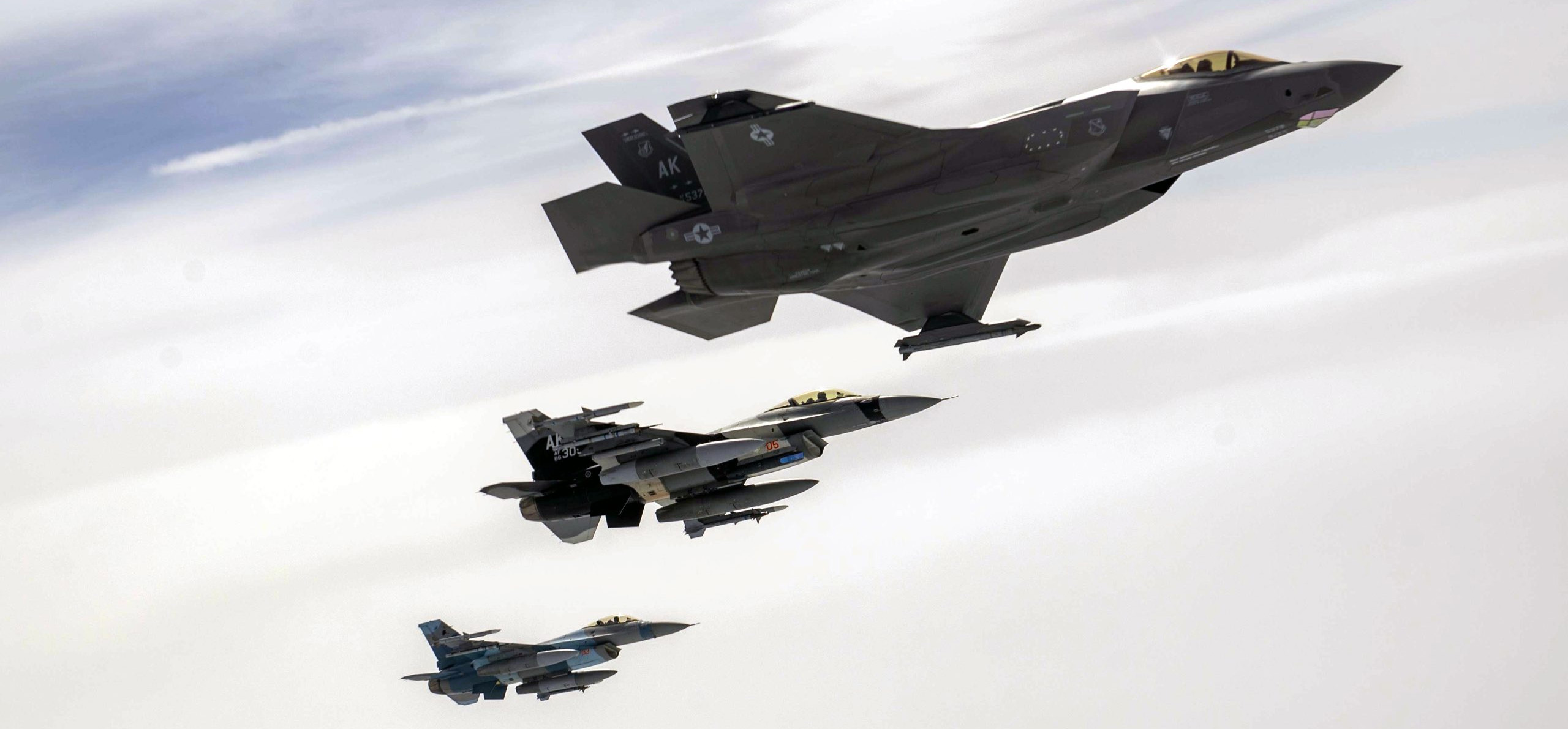KevinB
Army.ca Relic
- Reaction score
- 27,362
- Points
- 1,260
But you are ignoring the payload aspect.Kev your logic also applies in spades to conventional forces. The logistics required to sustain a 10,000 round per day artillery force are massive. Dumb rounds are cheap but apparently not as cheap as FPV drones.
A FPV drone is a very expensive 5.56mm round when used in the anti-personnel role, and you need a slew of them on an armored target that a precision round or ATGM doesn’t need the mass.
I’m not discounting the role of the FPV UAS, my point is it is a tool, but not something to dumb other tools for.
Agreed, and those methods are being incorporated into the battlefield.And the cost of adding a flight control module to a dumb round are dropping from JDAM-Excalibur levels to those of the APKWS-PGK(M1156)-PGMM-RGK122, down into the 3-zeroes range.
But they don’t offer the same level of precision, so it’s not an either or, it’s a mix.
I think you are vastly overestimating the value of UAS systems, and not understanding what C/UAS and C/RAM assets can do if meshedA good chunk of the Sopwith pilot's time was spent just keeping the Camel in the air, managing the flight. That process has been automated and reduced to a package that can be added to anything thst has the potential for flight to a few hundred dollars.
It is another tool in the tool box. It isn’t really replacing anything.That changes the way things are done and increases the range of possibilities.
All you can do is force your opponent to spend more to try to counter your capabilities, and try to stay in the black while maintaining a superior capability.



